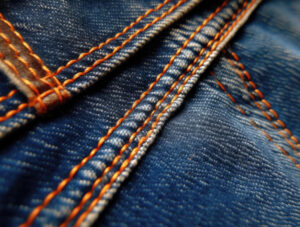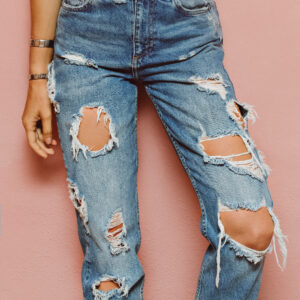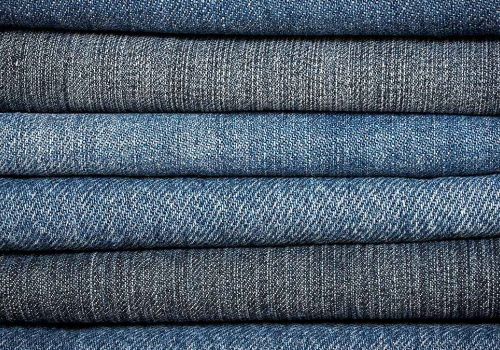Everything About Denim and Jeans Part 4 : Denim Through Decades: Fashion Trends and Cultural Impact
- Home
- DENIM SERIES
- Everything About Denim and Jeans Part 4 : Denim Through Decades: Fashion Trends and Cultural Impact
From the rhythmic dance of weaving to the artful alchemy of dyeing, denim’s journey from raw material to fashion staple is a fascinating tale of craftsmanship and innovation. As a fabric that has transcended time and trends, denim serves as a canvas upon which fashion and culture are painted. In this blog, we’ll travel through the decades, exploring how denim has mirrored and shaped cultural shifts, making its mark on the world of fashion.
Introduction Denim’s journey through the decades is a reflection of the ever-changing landscape of style, culture, and society. From its early days as a utilitarian fabric to its current status as a global fashion staple, denim’s evolution is intertwined with the stories of generations.

The 1950s: Rebel Without a Cause The 1950s marked denim’s emergence as a symbol of rebellion. Hollywood icons like James Dean and Marilyn Monroe brought denim into the limelight, epitomizing the cool and nonconformist spirit of the era. Jeans were no longer just workwear; they became a statement of attitude and individuality.
The 1960s and 1970s: Peace, Love, and Denim As the ’60s ushered in a wave of cultural change, denim remained a canvas for self-expression. The flower power movement embraced denim, embellishing it with patches, embroidery, and tie-dye. The ’70s saw bell-bottom jeans take center stage, embodying the era’s free-spirited ethos.

The 1980s: Designer Denim and Excess The 1980s saw denim undergo a transformation, becoming synonymous with luxury and excess. Designers like Calvin Klein and Jordache introduced the world to designer jeans, adorned with flashy logos and extravagant embellishments. Denim’s transition from counterculture to couture was complete.
The 1990s: Grunge and Distressed Denim The rise of grunge in the ’90s marked a return to denim’s rebellious roots. Distressed and ripped jeans became a hallmark of the movement, reflecting an anti-establishment attitude. As bands like Nirvana took the stage in torn denim, a new wave of denim fashion emerged.

The 2000s: Premium Denim and Beyond The 2000s witnessed the rise of premium denim, where jeans became a status symbol. Brands like Seven for All Mankind and True Religion popularized high-end denim, commanding hefty price tags for the promise of a perfect fit and impeccable craftsmanship.
The 2010s and Beyond Sustainable Denim and Beyond As the world turned its attention to sustainability, denim underwent yet another transformation. Conscious consumers sought out eco-friendly options, driving the demand for organic and ethically produced denim. Brands responded by embracing responsible practices and exploring innovative techniques. Here, custom jeans have evolved from an alternative to mainstream fashion to a symbol of empowerment and creativity. The rise of custom jeans is not just a trend; it’s a paradigm shift that challenges the one-size-fits-all approach and redefines the relationship between wearers and their clothing.
Conclusion Denim’s journey through the decades is a testament to its ability to evolve while retaining its essence. From symbolizing rebellion in the ’50s to being a luxury item in the ’80s and a canvas for sustainability in the 2010s, denim’s versatility and cultural significance are unparalleled. As we continue our exploration, we’ll delve into the realm of sustainable denim, where ethics and aesthetics unite to shape the future of this iconic fabric.
Types of Denim fabric available in 2024
ABOUT US
We Provide Custom Jeans services in USA, Canada, London, UK, Australia, Europe, Netherland, New Zealand, and many other Gulf Countries Like UAE, Kuwait, Oman, and Every Country in Europe and Asia, South Asia, and South American Countries, We also Provide Tailored Jeans Services in San Jose San Diego Los Angeles California, New York, Brooklyn, Chicago, San Antonio Dallas Texas, Illinois, Houston, Phoenix Arizona, Philadelphia Pennsylvania, Boston, Oklahoma, Memphis and every major city of United States of America and Europe, We also specialise in Custom Jeans for Women in America


You must be logged in to post a comment.